Below are examples of various artist whose work encompasses the concept of weather or a similairity to the concept.

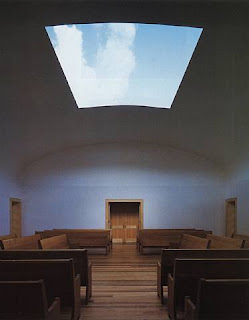
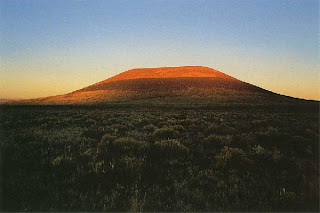




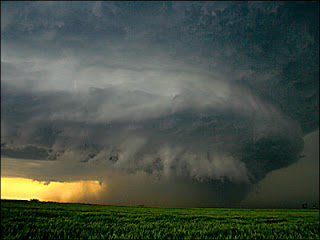


Instructor Ken Millington/ 2010










So far students have developed the skills, sensibilities and competencies that allow them to objectively view, analyze, and represent three-dimensional reality through the practice of drawing. Now they are equipped to apply this knowledge into the realm of the imagination. In this open-ended exercise students will work with the instructor and propose their own individual project program and work plan. This is the first opportunity to apply their knowledge of drawing practice and conventions, in a more creative manner. The standards of evaluation will be tailored individually and determined by the success in accomplishing the particular project objectives as agreed by student and instructor.
In this portion of the course we will explore the process of inspiration and concept, method, and finished drawing. Through this process the goal is to expand the boundaries of drawing while seeking to find personal voice. Below are several examples of artists approaching drawing and ideas from different perspectives.
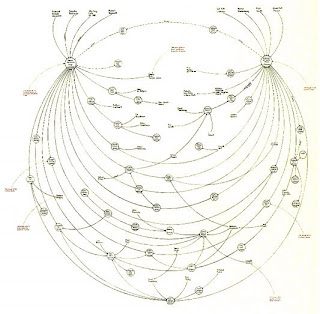




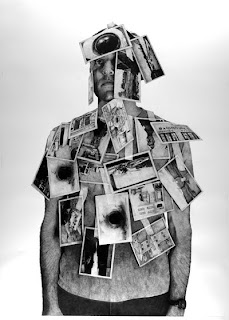
 In 1747 we see the example of one of the most accurate representations of the human skeleton in the work of Bernard Siegfried Albinus- Corporis Humani. The following three examples are taken from Drawing Lessons from the Great Masters, Robert Beverly Hale. Here we see the human skeleton displayed not as static, but as if in motion. All bones and structures are presented in fine proportion, accuracy and rendering. Of specific interest is the TRUNK, or the area composed of the Cage and Pelvis. Please note the volume and form of each of these structures and how the artist represented them using line and value. Below is the Ventral position.
In 1747 we see the example of one of the most accurate representations of the human skeleton in the work of Bernard Siegfried Albinus- Corporis Humani. The following three examples are taken from Drawing Lessons from the Great Masters, Robert Beverly Hale. Here we see the human skeleton displayed not as static, but as if in motion. All bones and structures are presented in fine proportion, accuracy and rendering. Of specific interest is the TRUNK, or the area composed of the Cage and Pelvis. Please note the volume and form of each of these structures and how the artist represented them using line and value. Below is the Ventral position.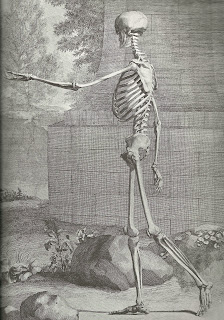 The following four examples are taken from Human Anatomy for Artists by Andras Szunyoghy and Dr Gyorgy Feher. Below is an example focusing on the trunk. Note the relationship of the shapes, proportions, and location of the cage and pelvis. Also see how the top of the cage tapers and slips up into the shoulder girdle (a horizontal ring composed of the clavicles and scapula.) Notice the hollow in the pelvis as it completes the volume of the cage.
The following four examples are taken from Human Anatomy for Artists by Andras Szunyoghy and Dr Gyorgy Feher. Below is an example focusing on the trunk. Note the relationship of the shapes, proportions, and location of the cage and pelvis. Also see how the top of the cage tapers and slips up into the shoulder girdle (a horizontal ring composed of the clavicles and scapula.) Notice the hollow in the pelvis as it completes the volume of the cage.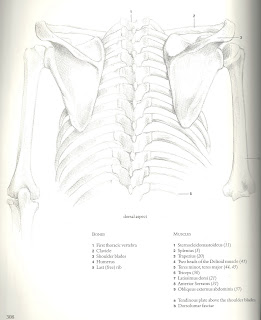 Below is an example of the Pelvis take from The Human Figure, Jon H. Vanderpoel. Here we see a good description of contour line as it relates to the undulating form of the pelvis. Notice the butterfly shape of the structure and the hollows within. Important landmarks are the ilium crest (upper most point of the pelvis, the semicircular shapes) and the Ischium (rings at the bottom) and the Sacrum (on the backside the area around the Coccyx)
Below is an example of the Pelvis take from The Human Figure, Jon H. Vanderpoel. Here we see a good description of contour line as it relates to the undulating form of the pelvis. Notice the butterfly shape of the structure and the hollows within. Important landmarks are the ilium crest (upper most point of the pelvis, the semicircular shapes) and the Ischium (rings at the bottom) and the Sacrum (on the backside the area around the Coccyx) Here is an example of the Spinal Column (Human Anatomy for Artists) illustrating the three views and most importantly the gentle S- like curve. Notice the shapes of the vertebrae, cylindrical in front and wing protrusions in the back. Also observe the relative size of the vertebrae big to small top to bottom.
Here is an example of the Spinal Column (Human Anatomy for Artists) illustrating the three views and most importantly the gentle S- like curve. Notice the shapes of the vertebrae, cylindrical in front and wing protrusions in the back. Also observe the relative size of the vertebrae big to small top to bottom. Another Example from John Vanderpoel illustrating the angles of these forms with the body. Note how and where they open and constrict on opposite sides.
Another Example from John Vanderpoel illustrating the angles of these forms with the body. Note how and where they open and constrict on opposite sides.